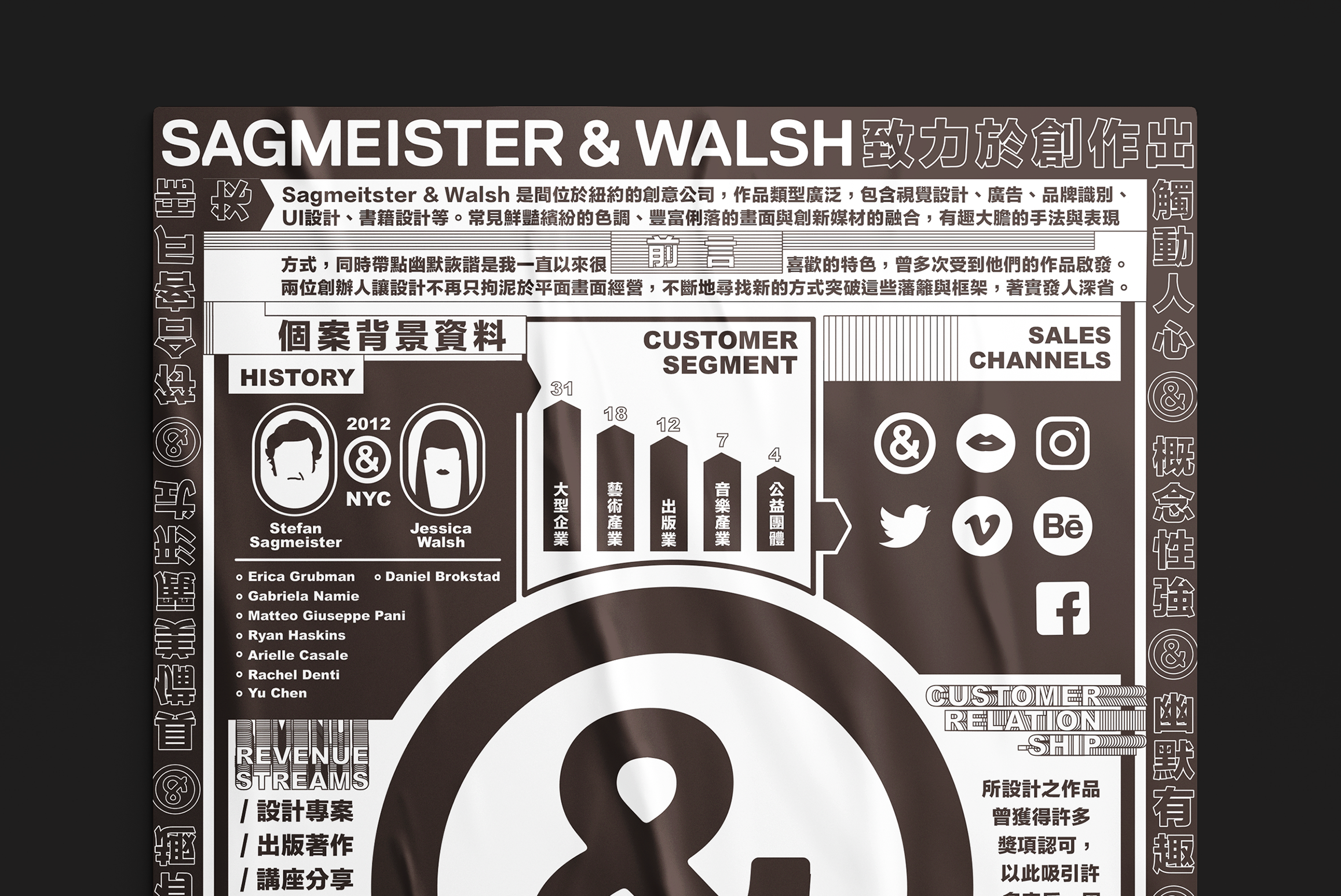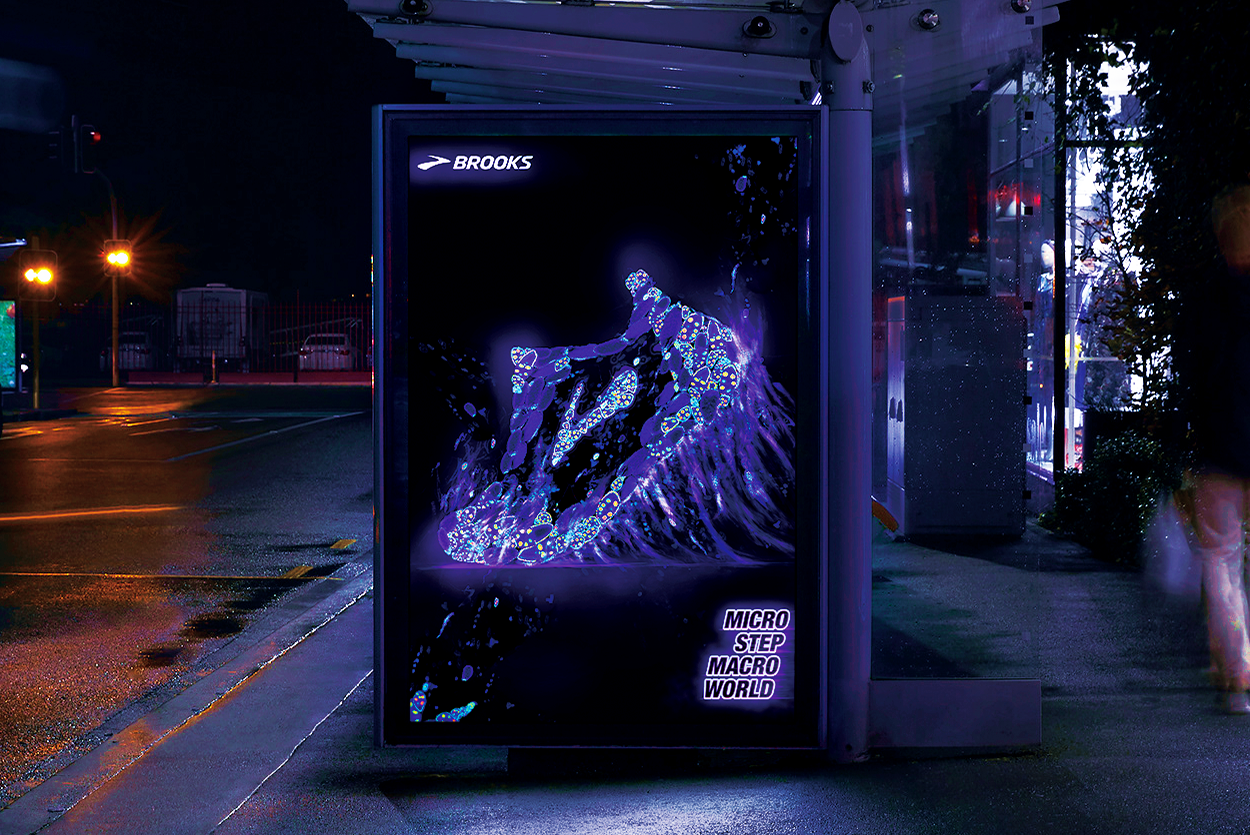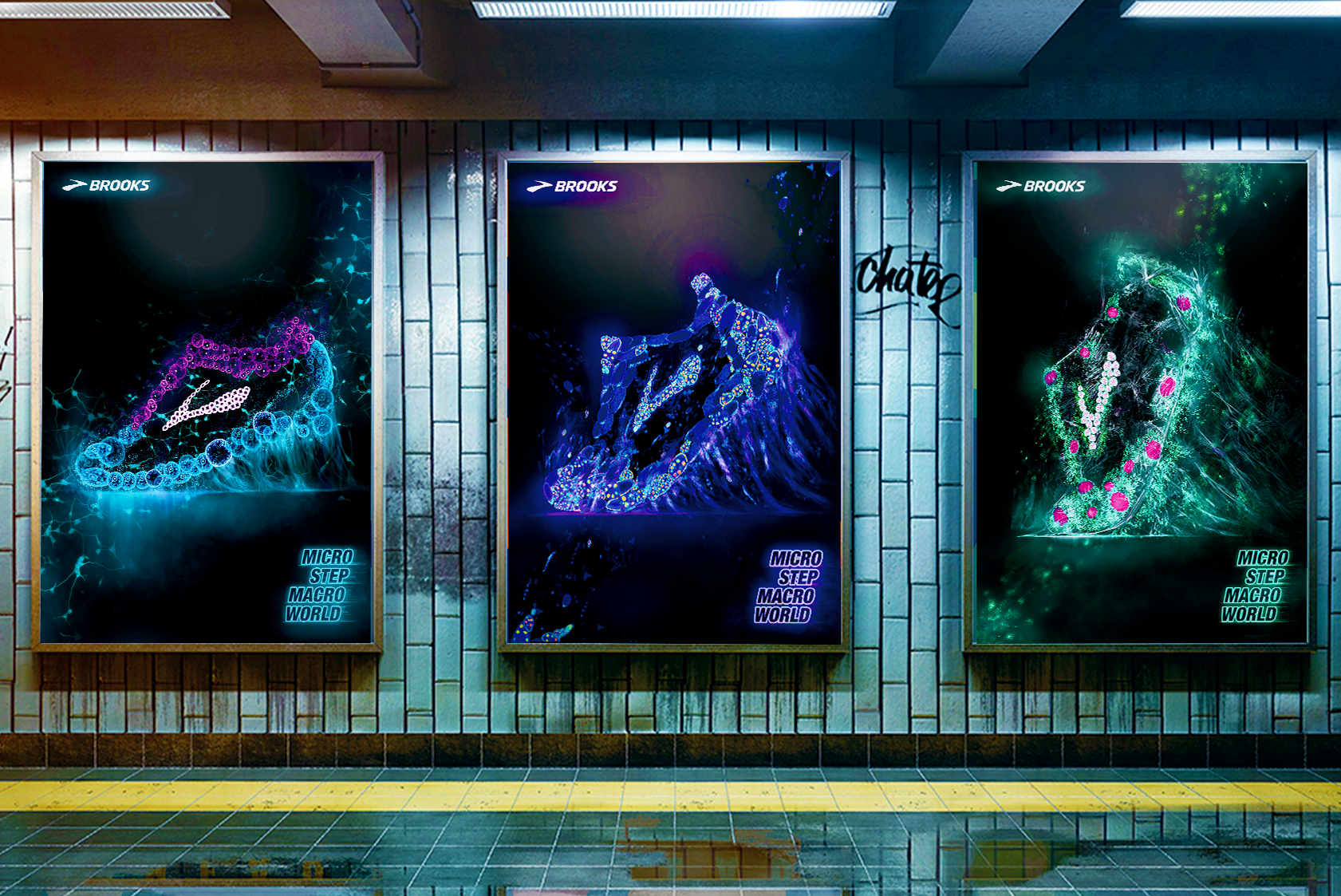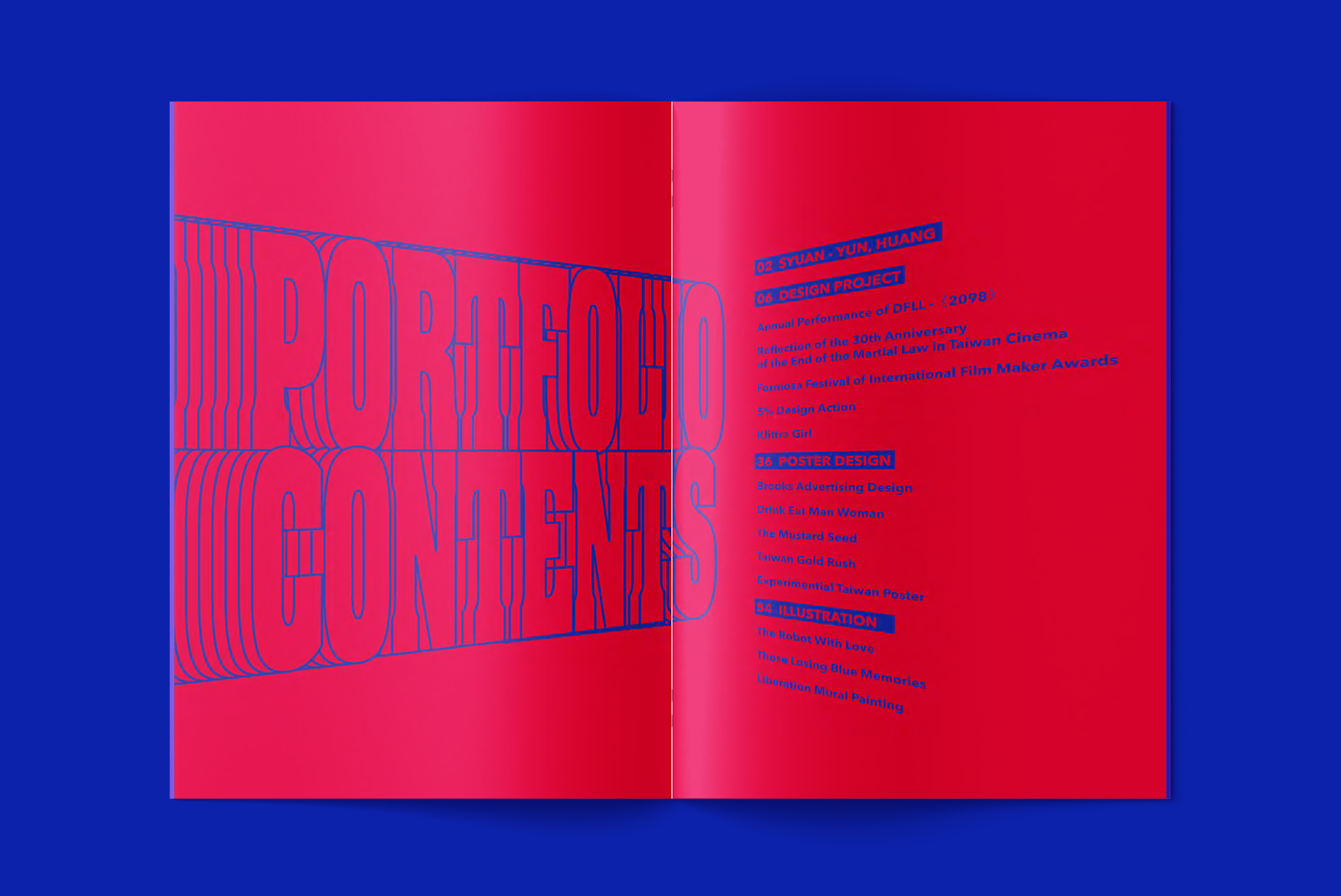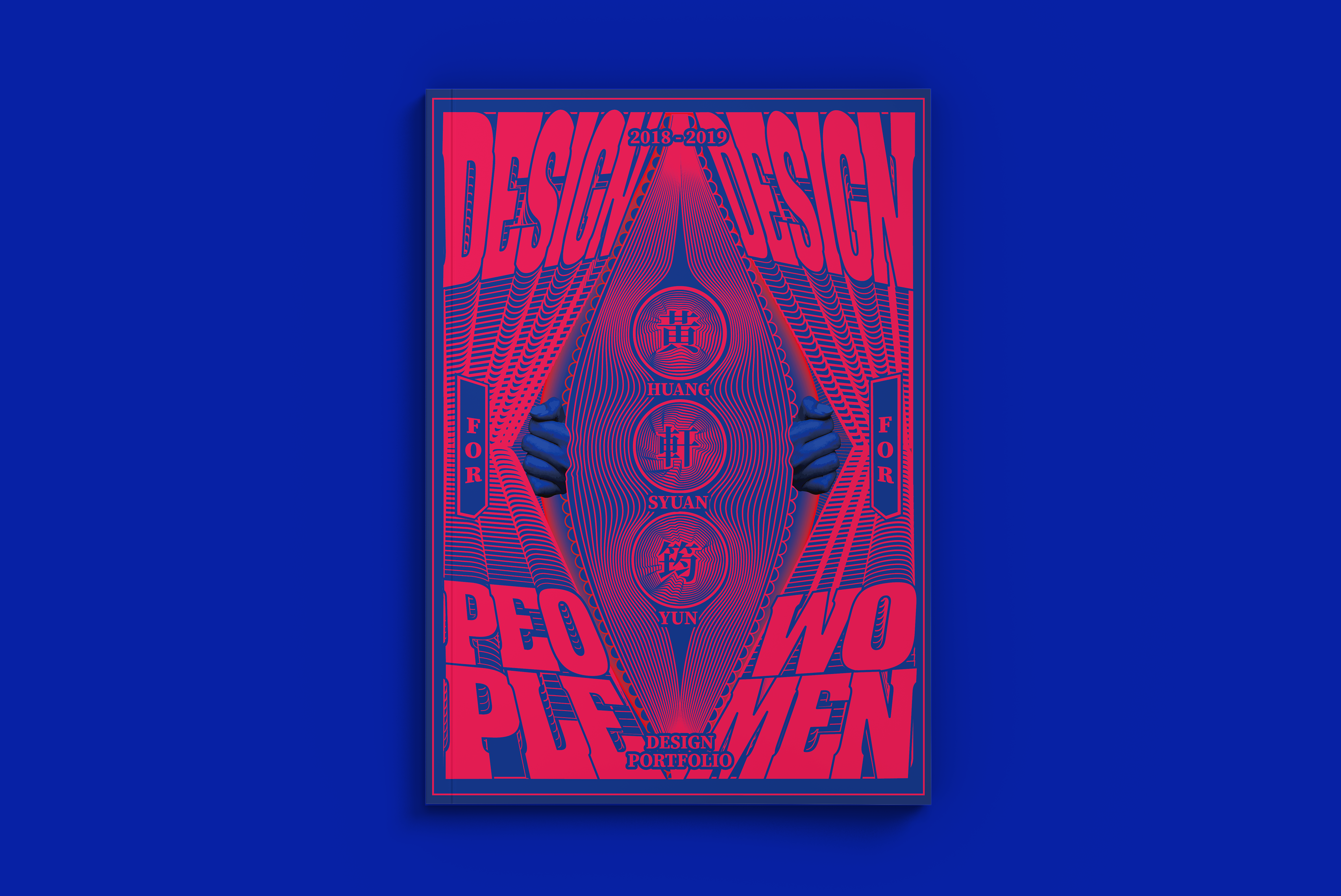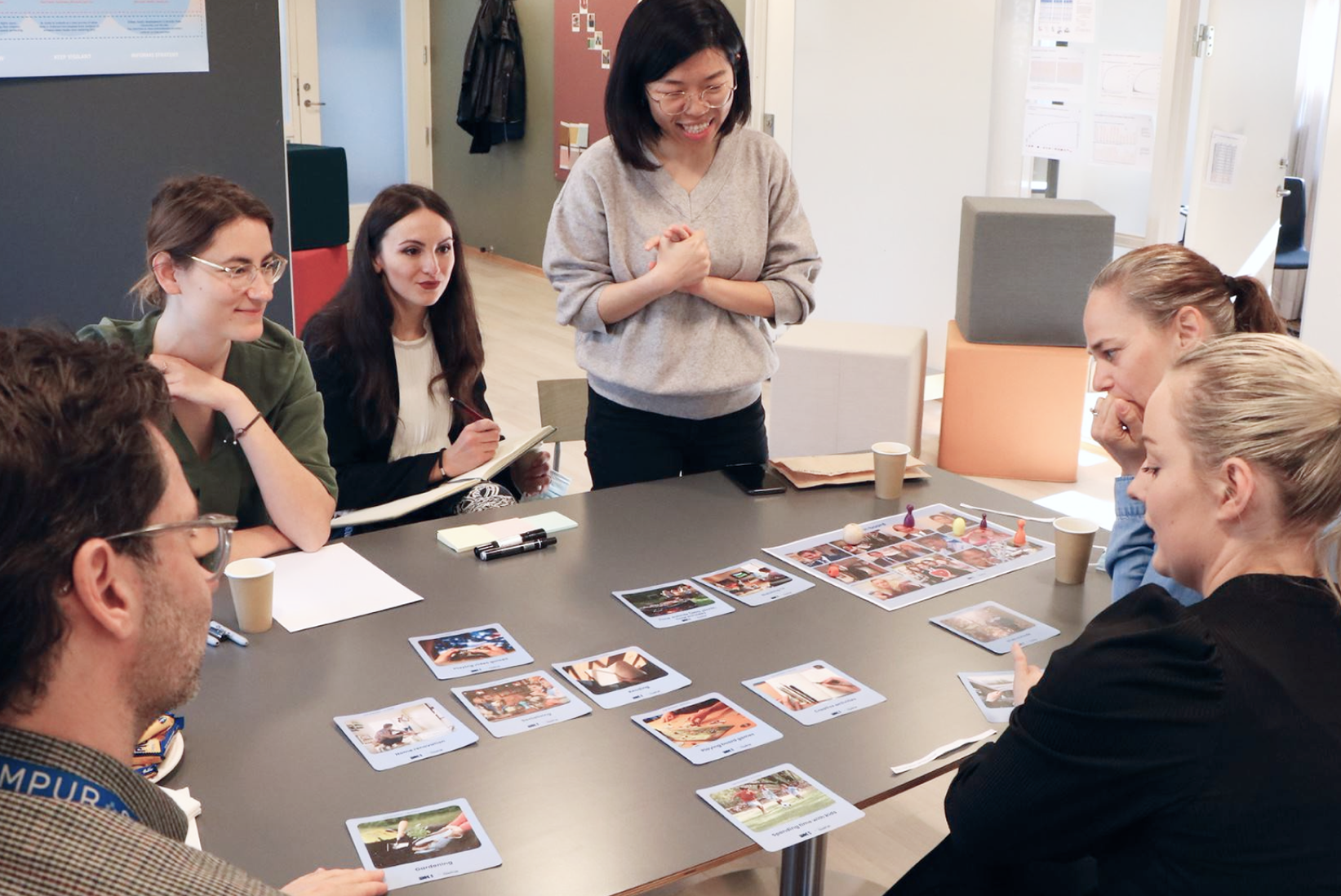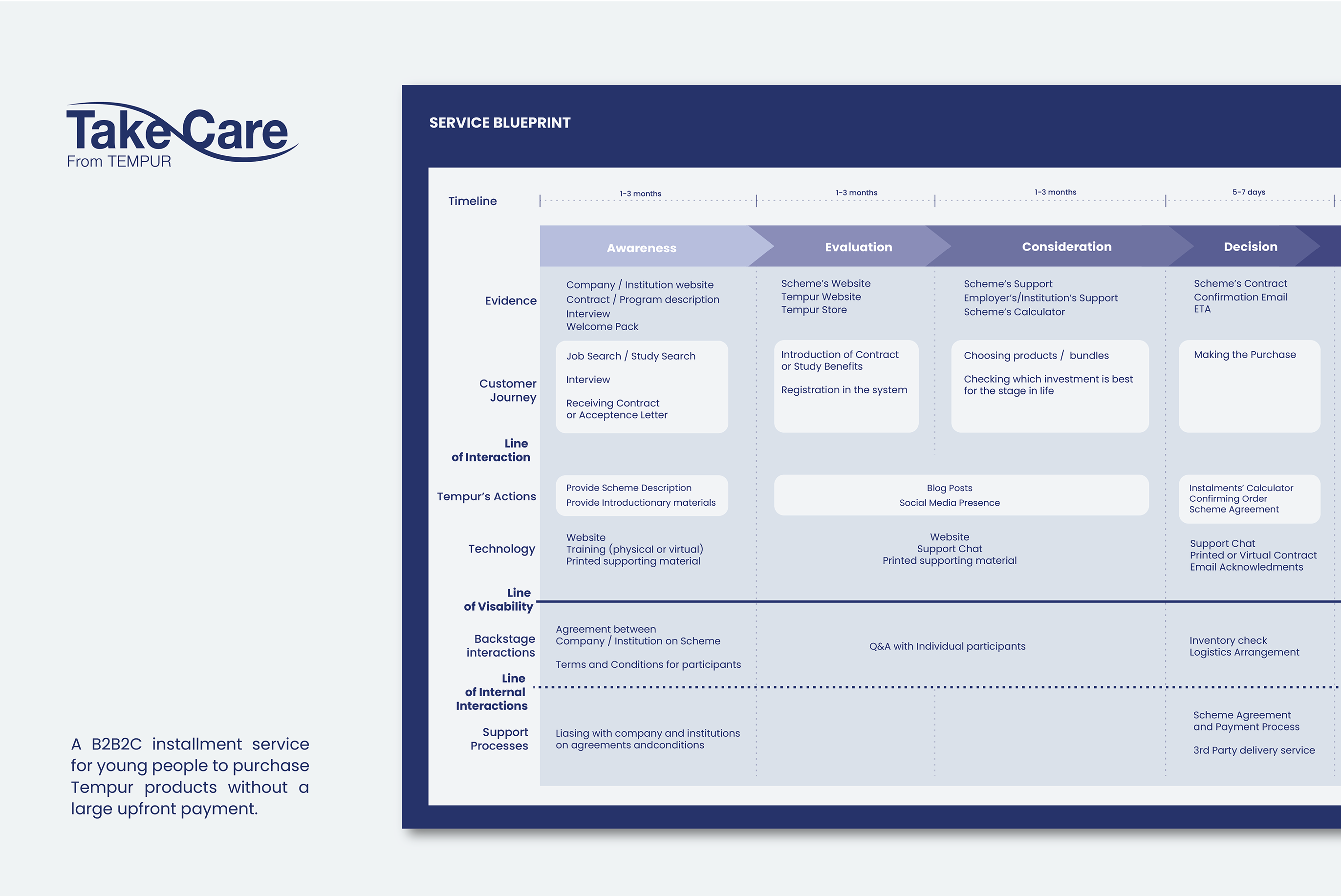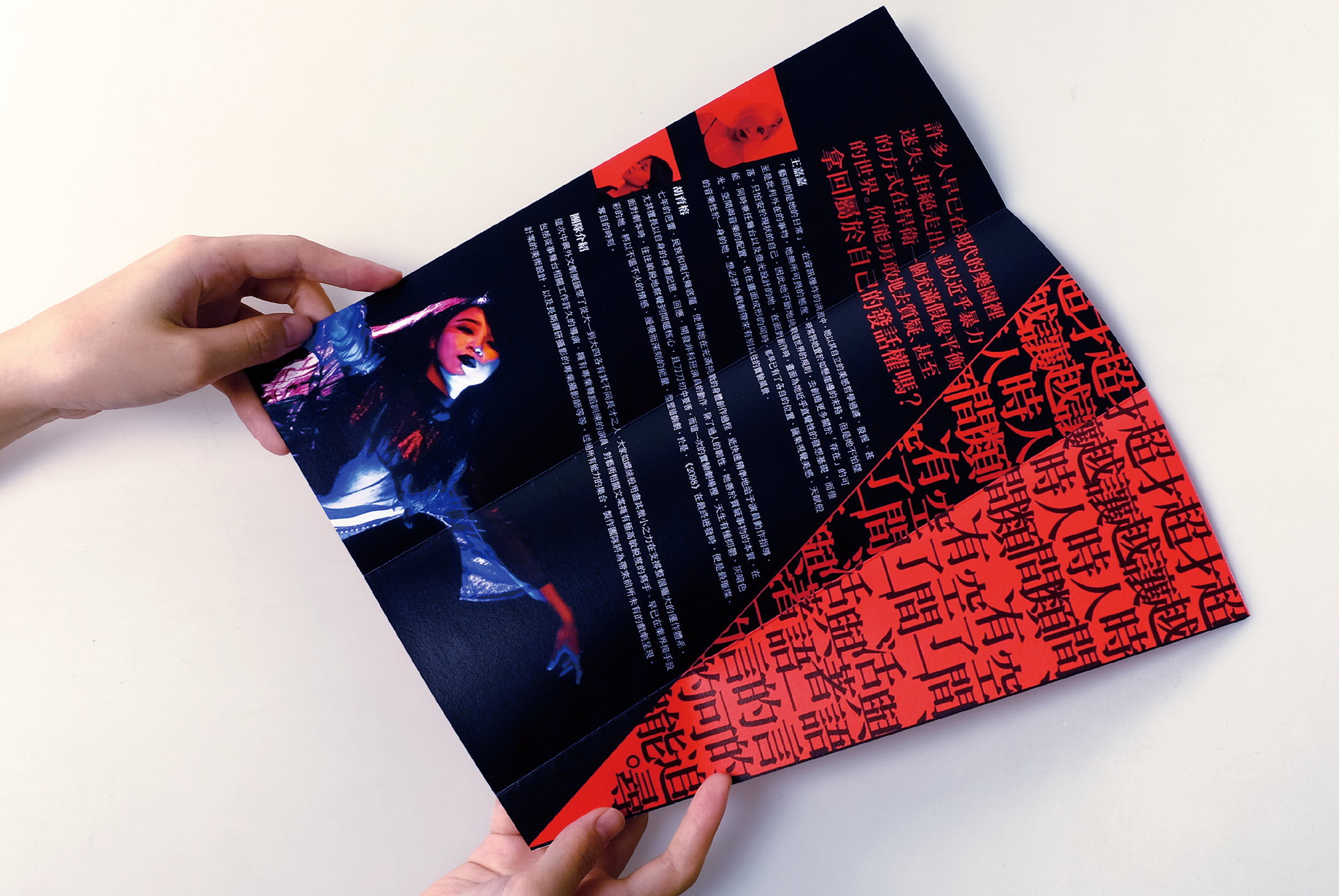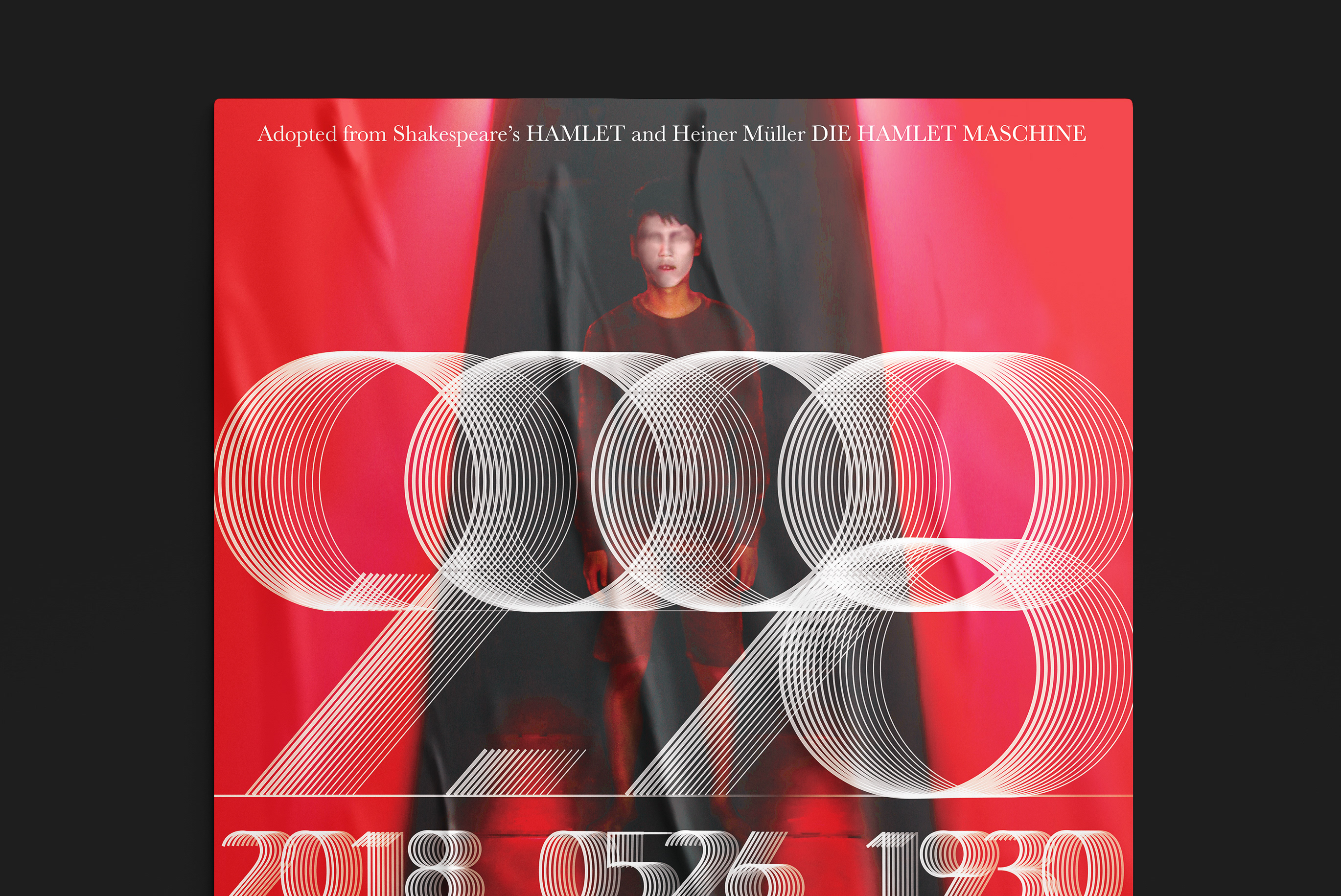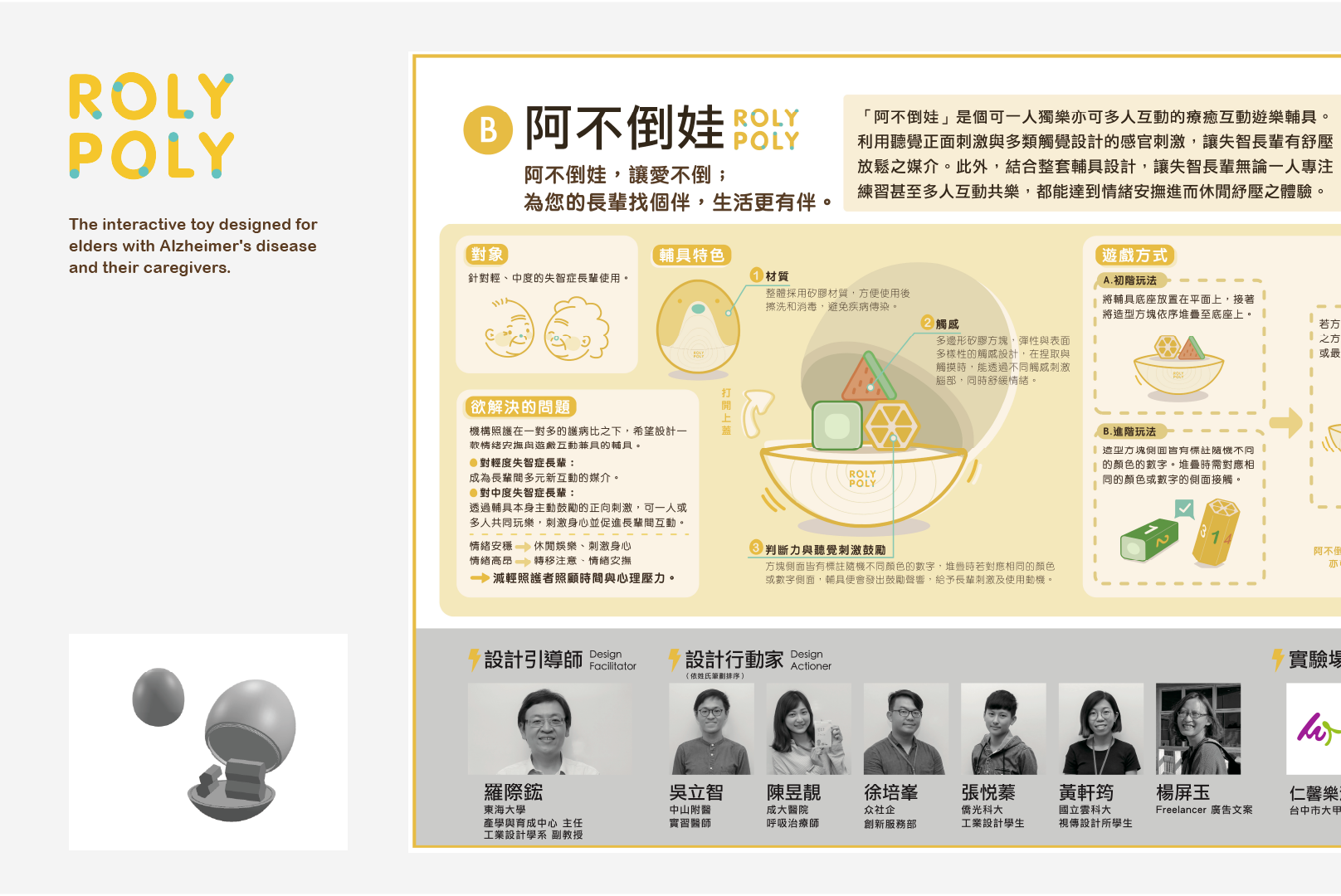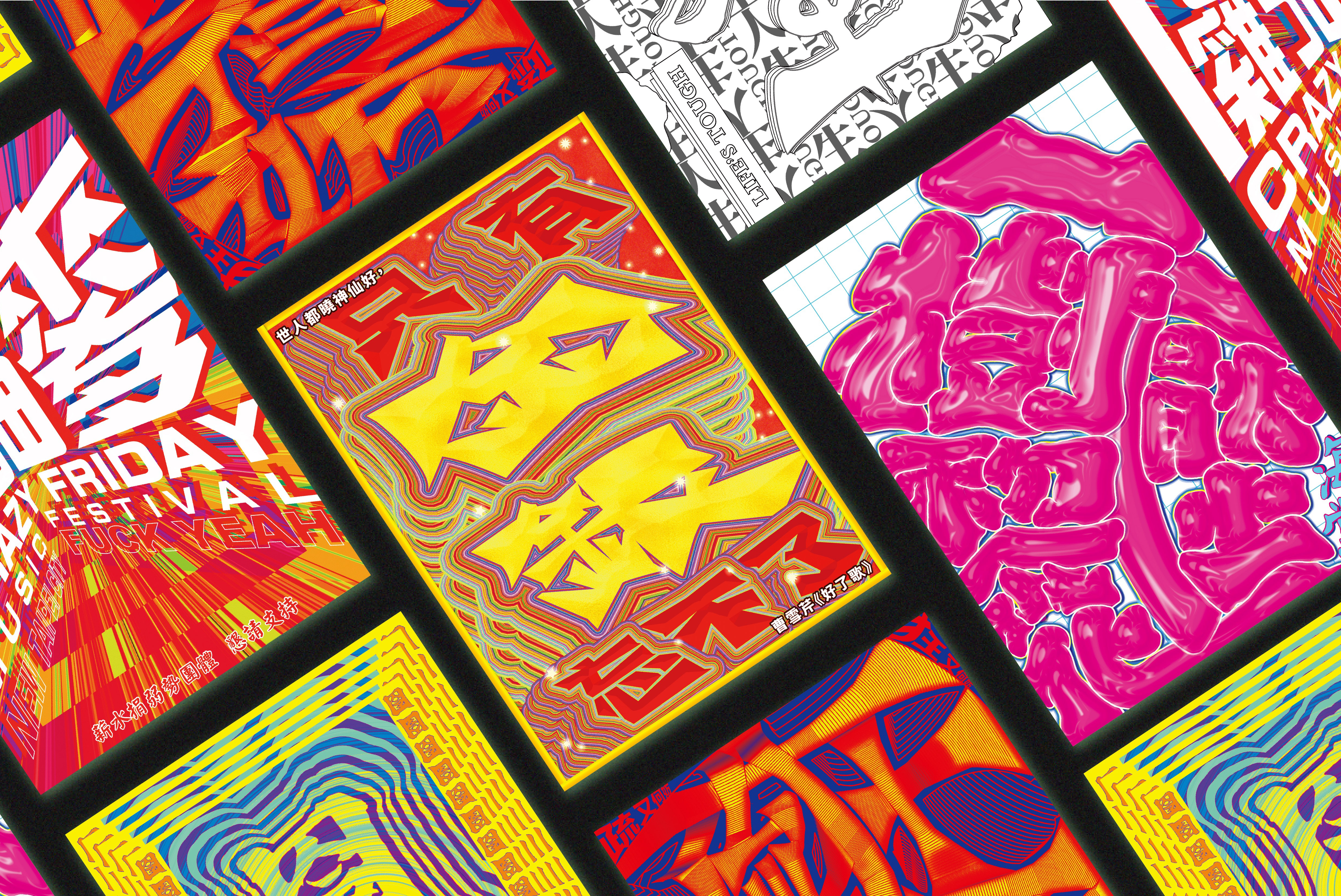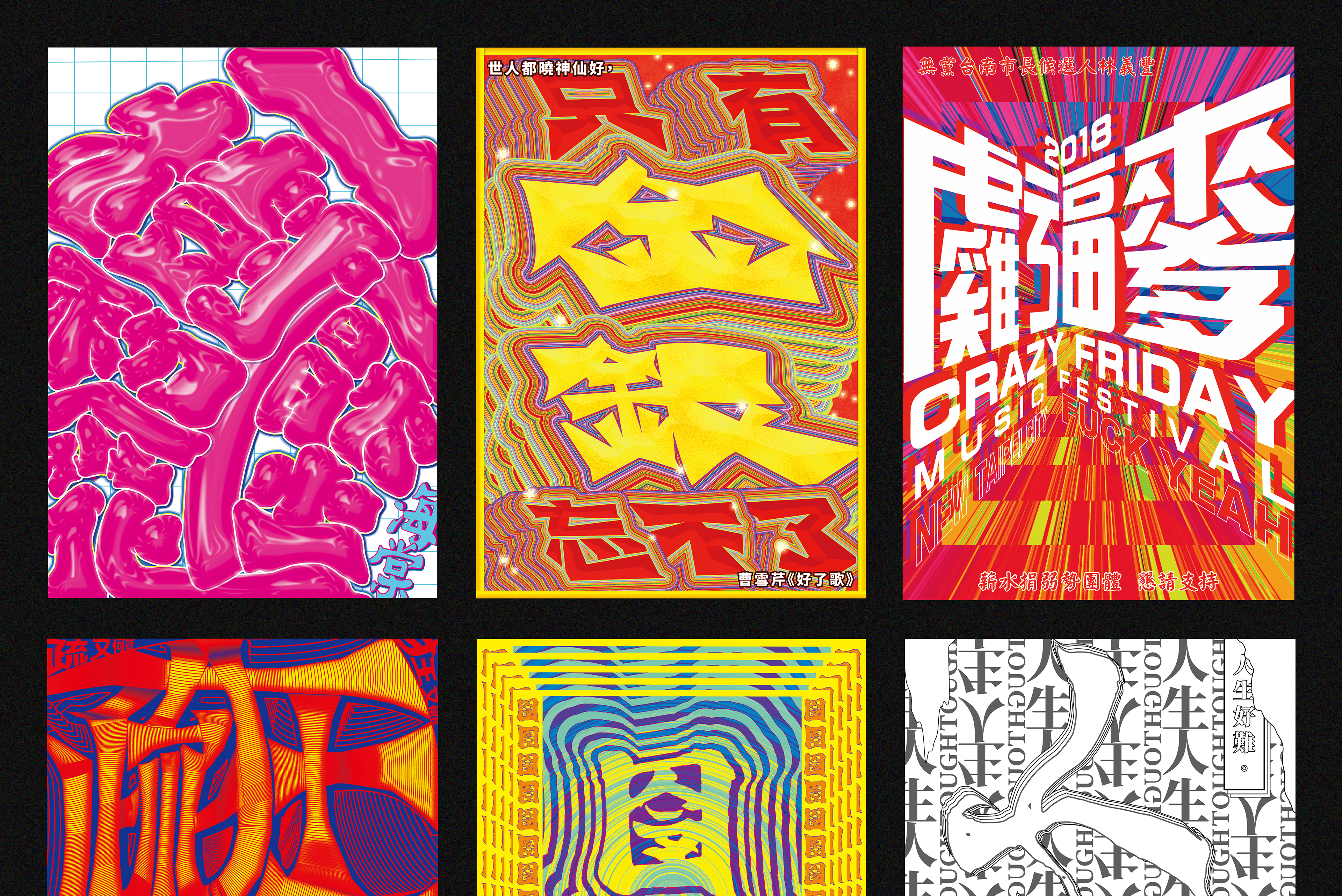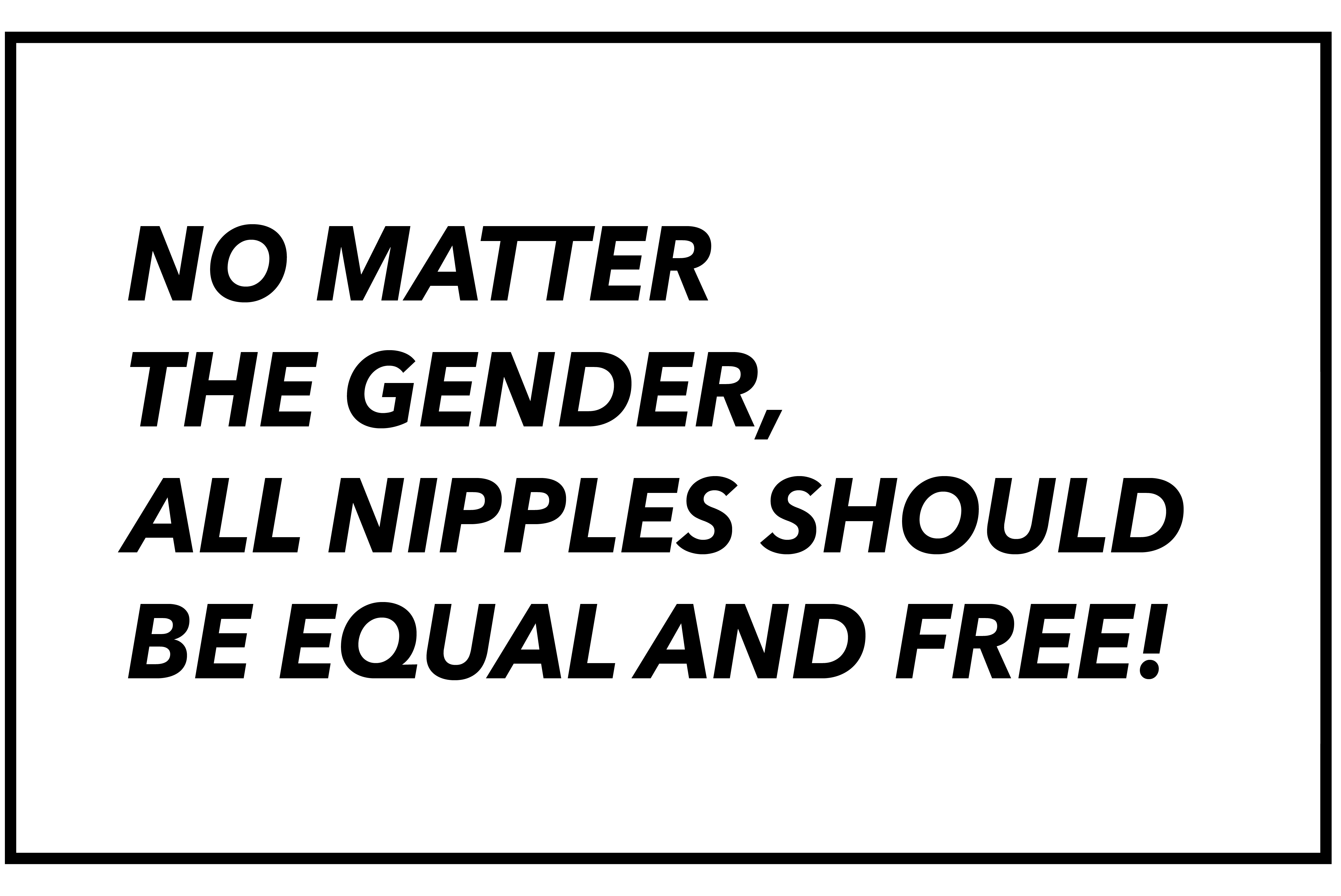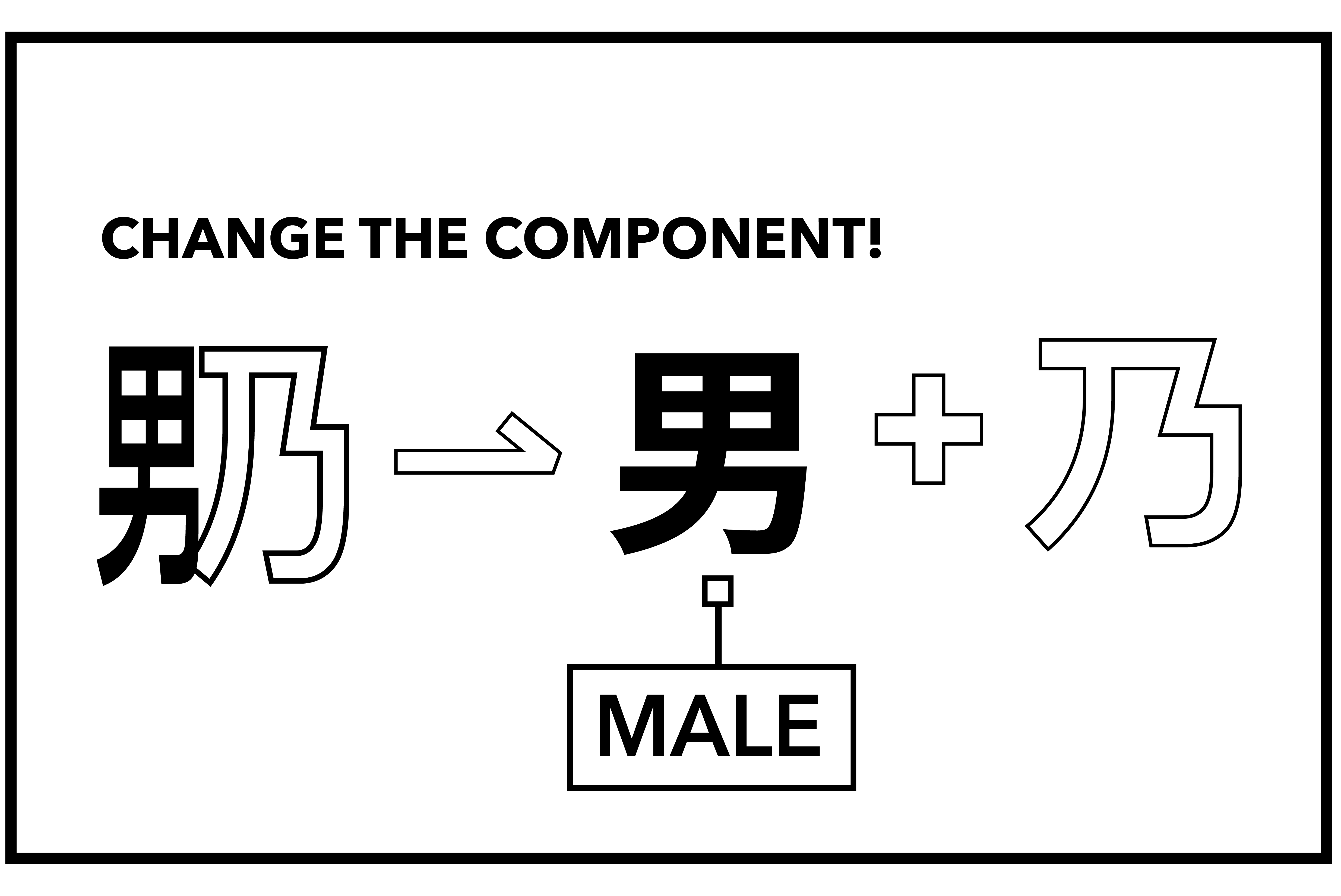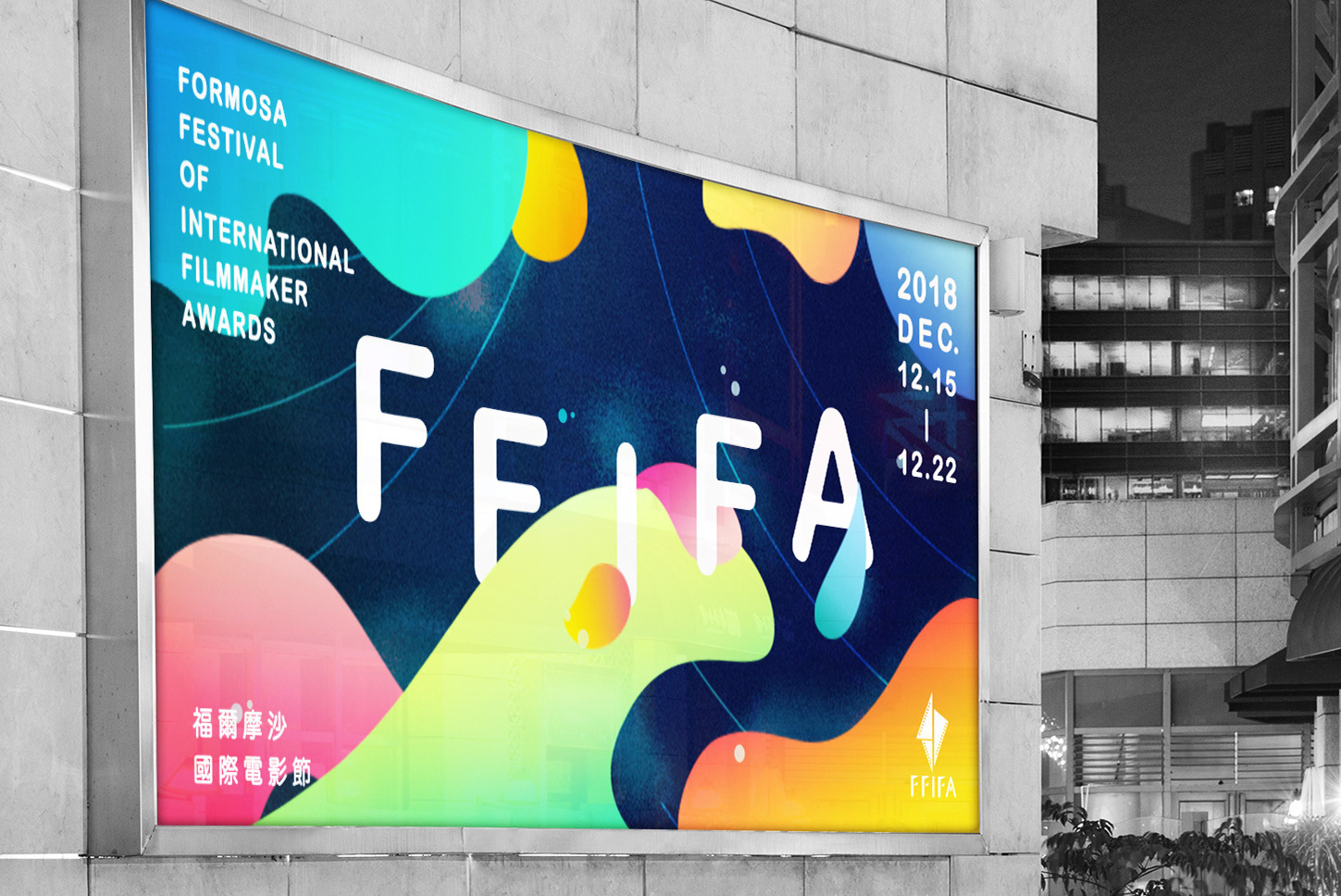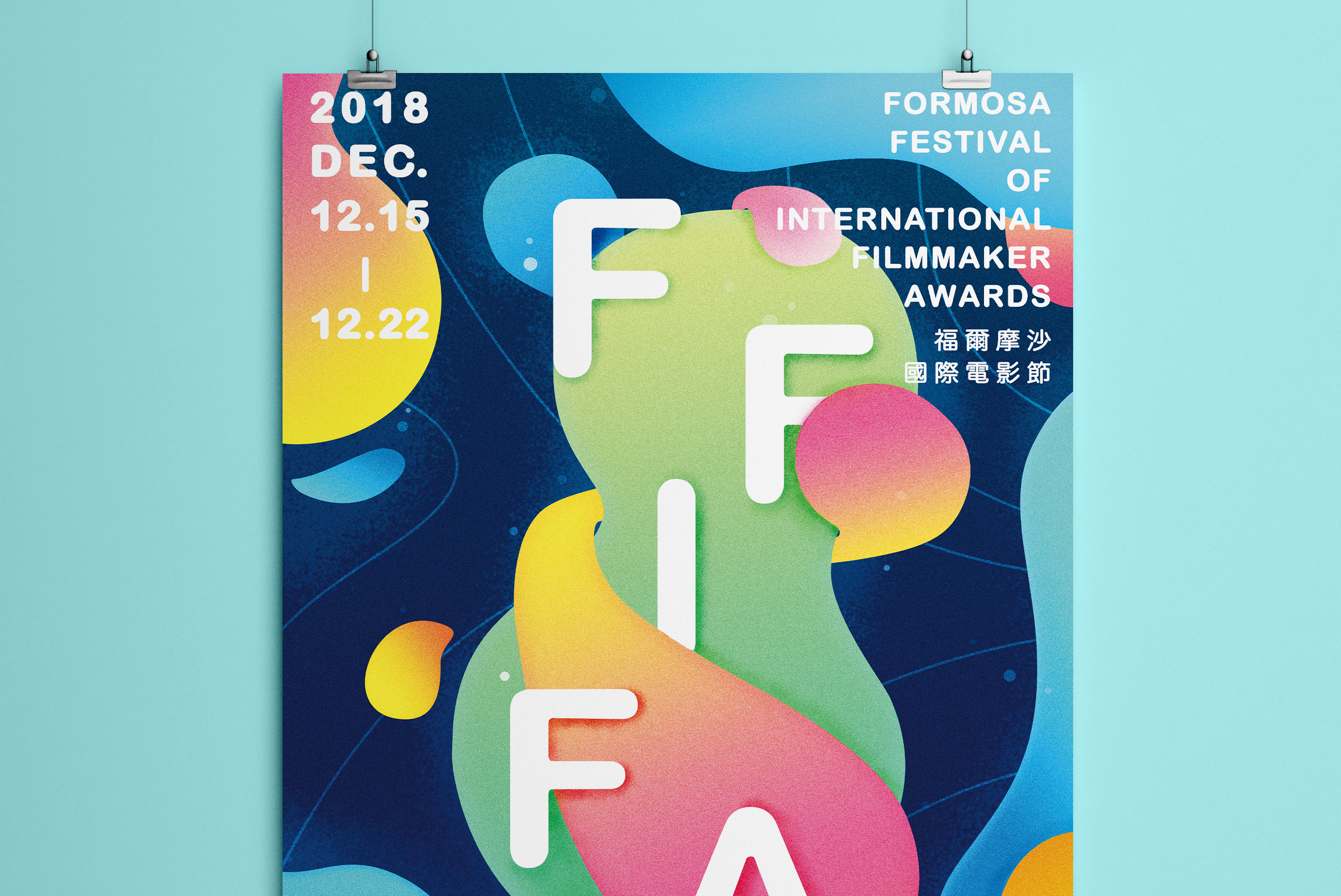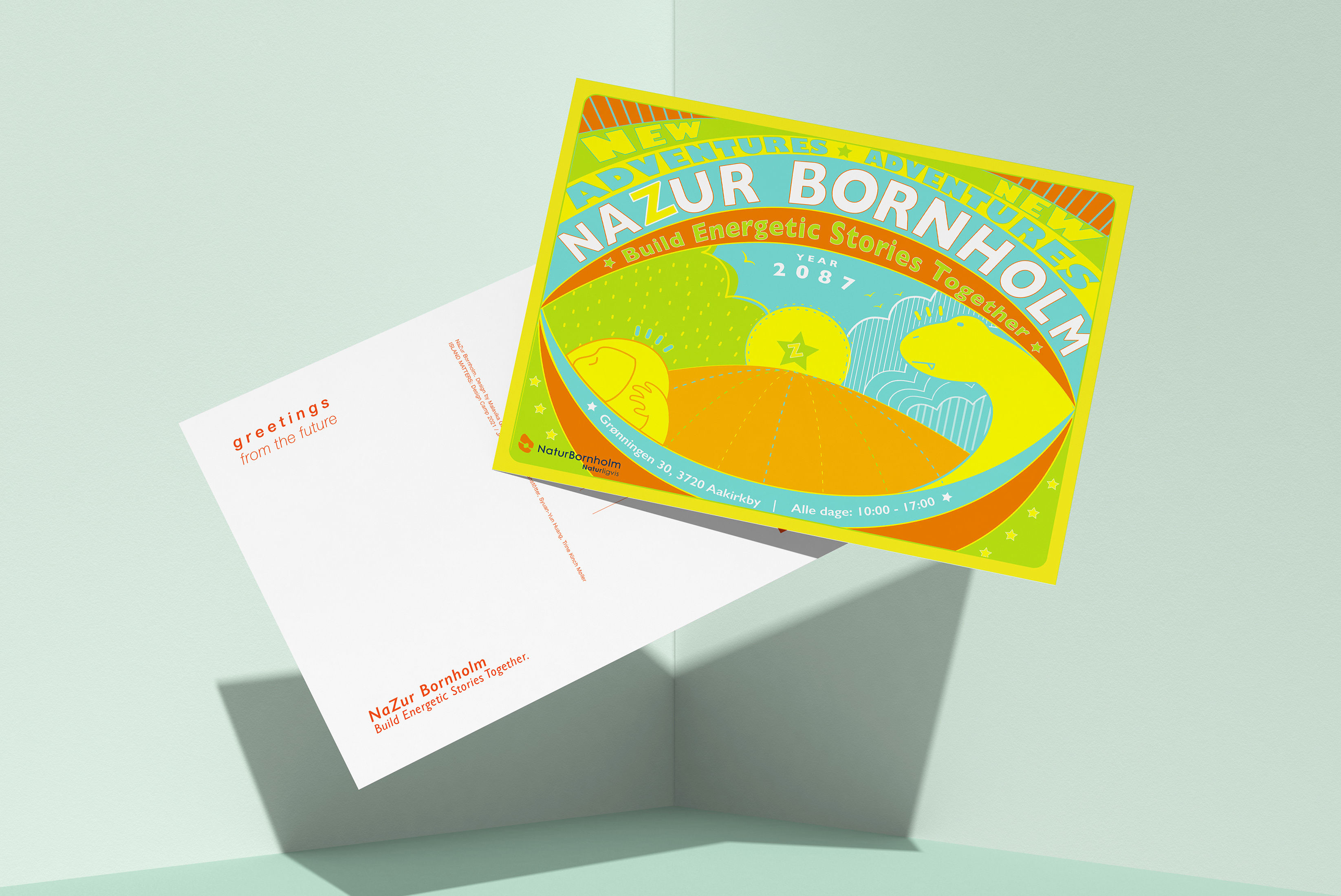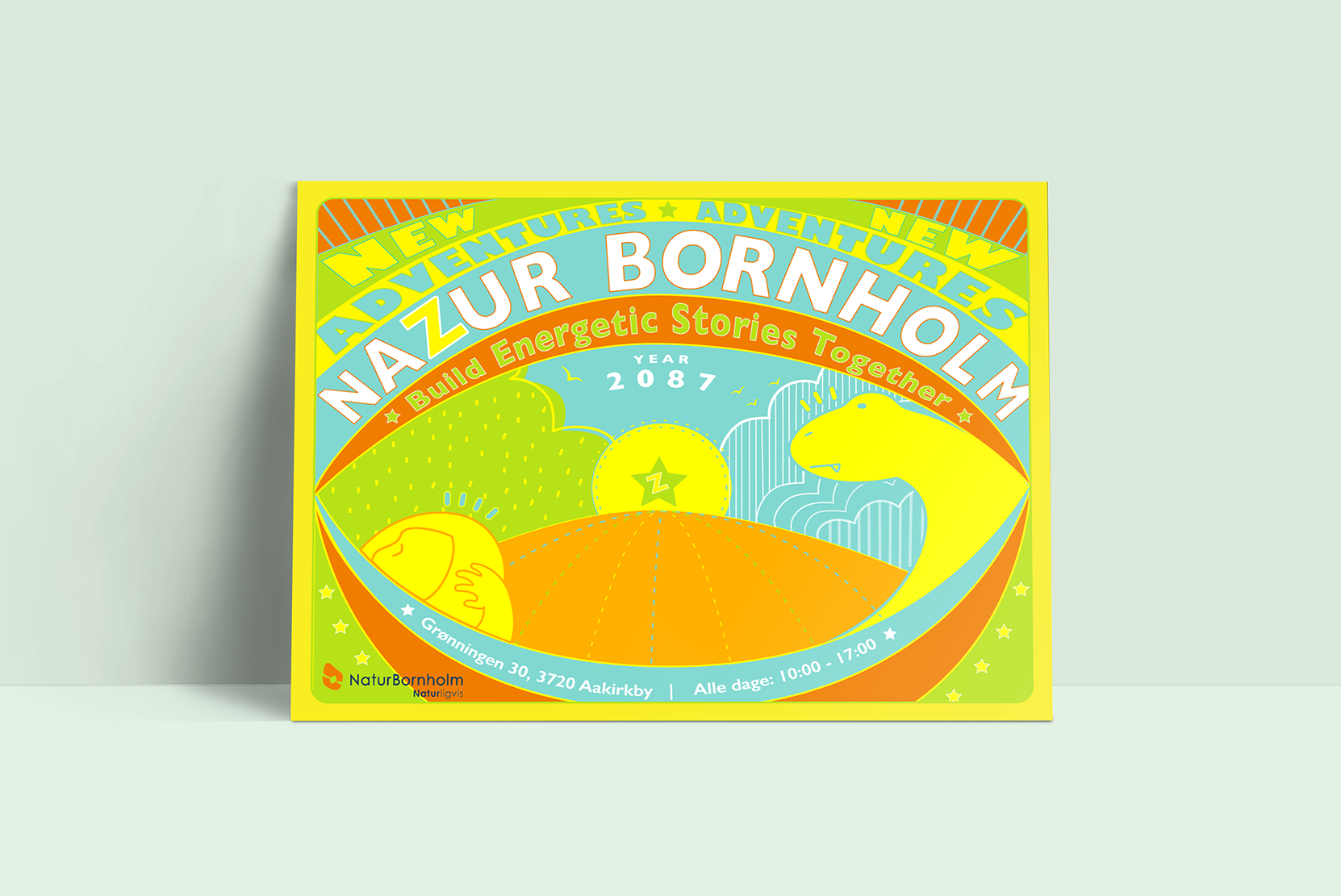The Challenge
How might we reduce discrimination by redefining the sexual norms and creating compassion?
How might we reduce discrimination by redefining the sexual norms and creating compassion?
The Outcome
Collect personal stories from people within the LGBTQ+ community, making them into an awareness campaign that integrates online audio stories to offline postcards and stickers
Collect personal stories from people within the LGBTQ+ community, making them into an awareness campaign that integrates online audio stories to offline postcards and stickers
The loneliness of LGBTQ+ people due to discrimination and the fact that they are considered different from the "norm."
Aiming to reduce the loneliness of LGBTQ+ people in Denmark, we found out they experience loneliness due to discrimination, and are considered different from the norms.
Meanwhile, we interviewed people outside the LGBTQ+ community and noticed their prejudice and misconceptions about LGBTQ+ people own to their lack of knowledge. However, they fear offending people when asking them about sexuality or gender issue. But the more they fear to ask, the more the misconceptions remain.
During the interview with LGBTQ+ people, we listened to their stories about stigma and stereotypes, and gained a more in-depth understanding of LGBTQ+ people. We found out the stories they shared already carry the power to create a bridge and compassion between people within and outside the LGBTQ+ community.
Involving users through co-creation stories workshop
Based on our design researches, we used storytelling as our primary approach to creating compassion and understanding between people inside and outside the LGBTQ+ community.
We held several co-creation stories workshops to collect more personal stories about stigma and discrimination and invited them to read their own stories out loud.
Visual identity with colorful gradients and waves
We used colorful gradients to symbolize gender fluidity and diversity, and we took sound waves as a metaphor for storytelling and giving voice to people from the LGBTQ+ community.
The design outcome is an awareness campaign, which integrates offline and online stories.
This campaign includes offline and online elements, which are postcards, stickers with QR codes to access the audio stories websites, and Instagram pages to collect and share more stories. The postcards and stickers in the public space can expand the campaign's scale, reach out to more people, connect people within and outside the community and create understanding, thus reducing discrimination.
Postcards with stigma labels and stories are gifts from human to human.
On the postcard, there's a story and QR code to an audio track that is read out loud by people who experienced them.
We planned to collaborate with Go-Card, the most famous postcard media in Denmark, to expand the campaign to a broader scale. Thus, create more compassion and understanding between people.
Stickers are access to the stigma stories from real people and a bridge between each other.
We design label stickers with QR codes as different approaches to access the audio story website. We stick them in the public bathroom in universities and student cafes to reach out to more people.
The other reason we choose public bathrooms to put our stickers is that the "Mirrors" are the tools to create compassion and symbolize that "Behind labels, we are all human."
By listening to people who experienced the stories, we create more profound compassion and empathy.
We collected stories read aloud by LGBTQ+ people who experienced them and made them into an audio story website.
People can access the web and listen to the audio track while reading them by scanning QR codes on postcards and stickers.
Thanks for reaching the bottom!
Human to Human
Designer Huang Syuan Yun, Ksenia Grigoryeva
Designer Huang Syuan Yun, Ksenia Grigoryeva

